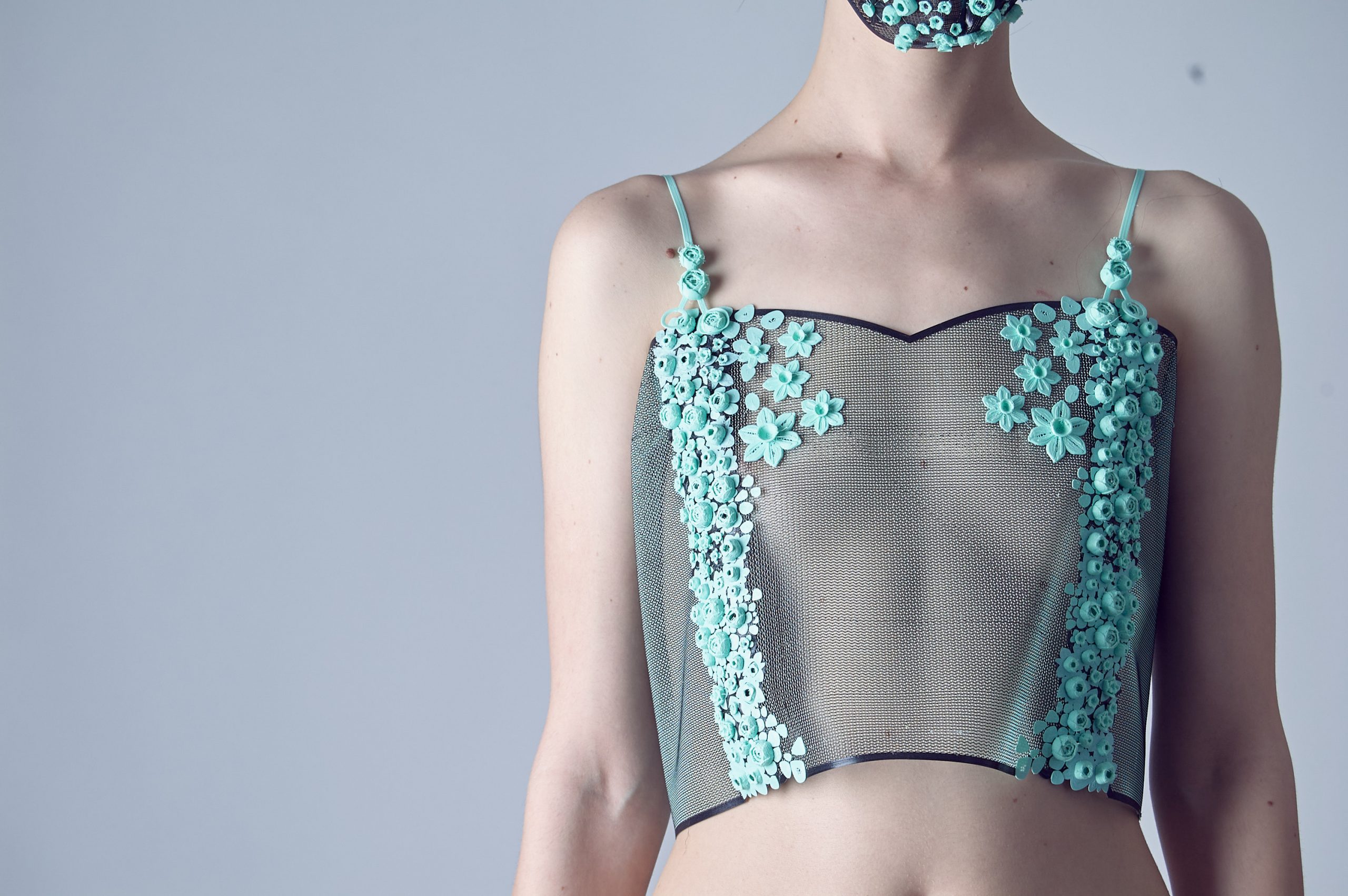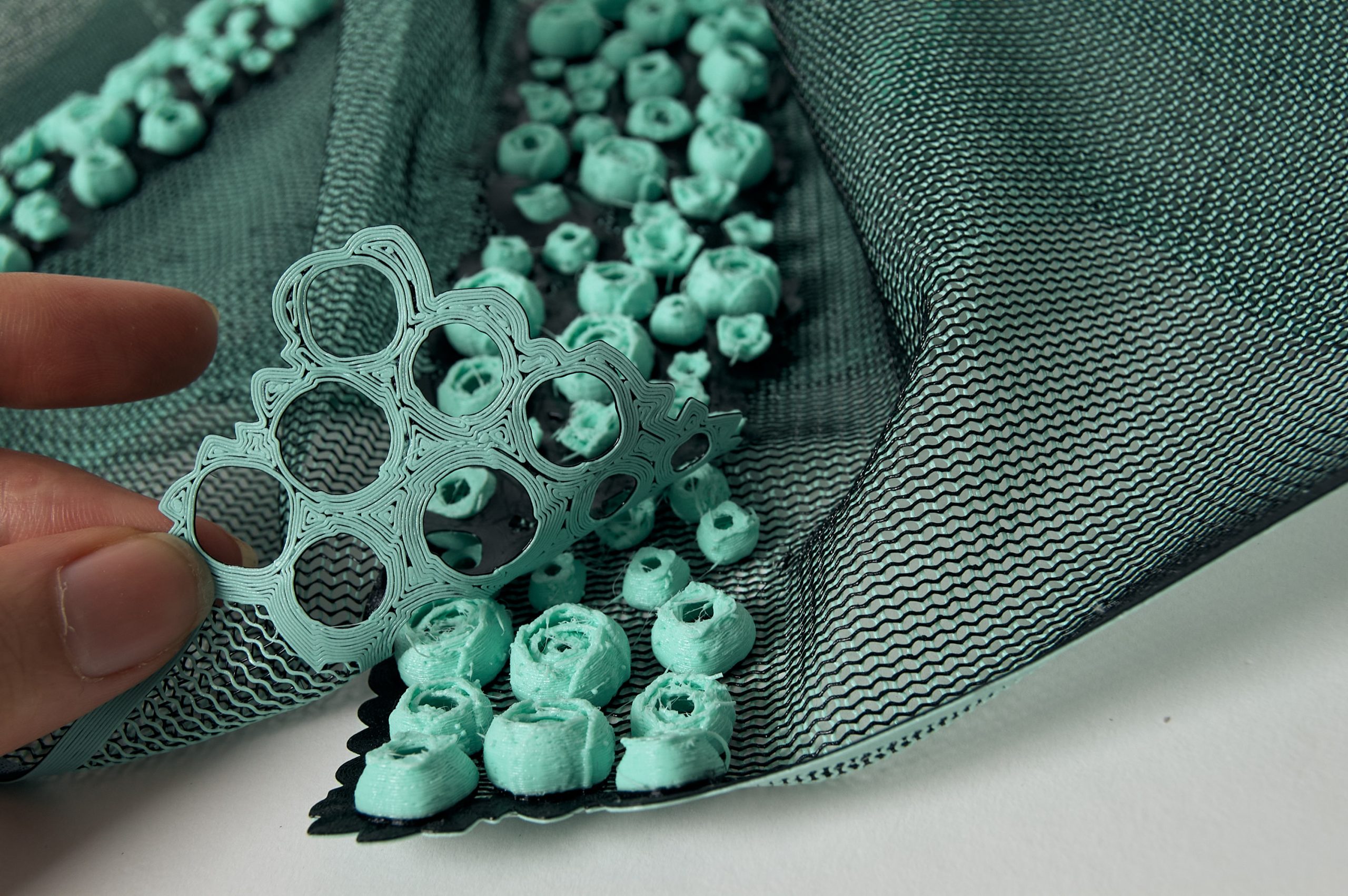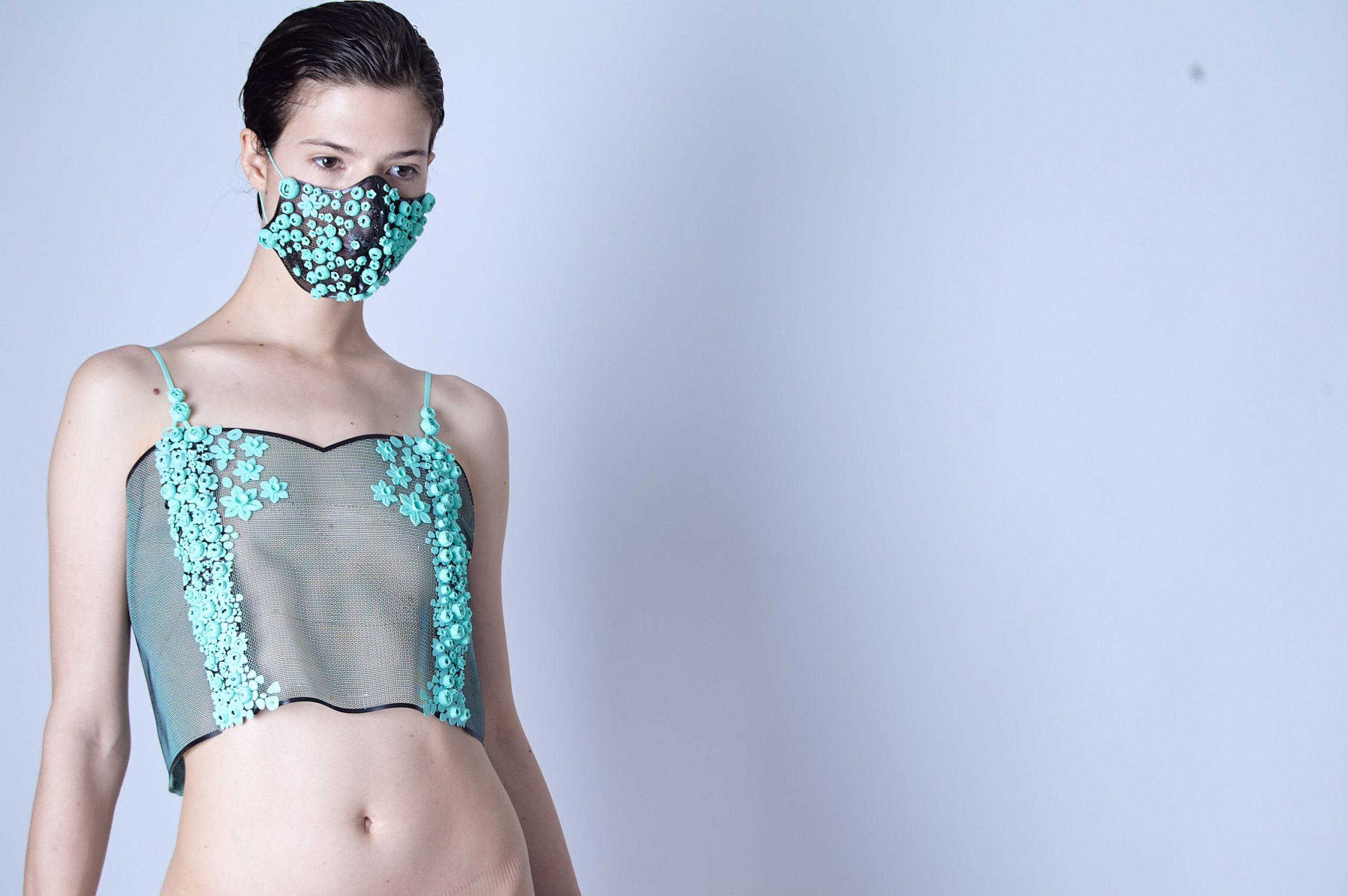Miranda Márquez

Useful information
- Team members
- Miranda Márquez
- Country
- Spain
- Keywords
- fashion recilience pandemic art nature floral
Short Description
Resilience. A fashion Project that looks optimistic about the future.
Detailed Description
The Resilience Project is an optimistic and artistic approach to the current pandemic situation. Showcasing our capacity to build strength in this difficult situation allowing us to bloom and reimagine the world from scratch.
?
This new recovery has to be a collective one in which all elements of creation are accessible to everyone. We propose 3D printing as a democratic transmission media of art and fashion. Introducing two downloadable, sharable, and printable pieces that anyone can self-produce anywhere around our globe.
We can innovate by applying 3d printing technologies to produce fashion, but if we distribute it the old way, are we really changing the game? That’s why we want you to have the chance to download and create the garments in her desktop 3d printer.
?
We truly believe that the experience of creating your own garment will change your emotional link with the garment and, in the last instance, your way of consuming fashion.
Project Details
- Does your design take social and cultural challenges and human wellbeing into consideration?
My idea is to translate to the fashion realm the maker movement that has made accessible 3D printing FFF and other digital fabrication technologies through collective learning and sharing. I propose to reintroduce these naturally born collective networks to shape a new way of creating, sharing, producing, and consuming fashion in this developing digital reality.
While the technologies in FDM home printers are already able to create printed fashion, there has not been a huge exploration of that media due the restrictions on material and printing size.
I don’t believe in these limitations, and think that confronting these limitations through design can lead to a higher interest and consumption of 3D printed fashion designs and that drive the 3D print industry to further investigation in more wearable materials or more adapted printer machinery for fashion products.
- Does your design support sustainable production, embodying circular or regenerative design practices?
Creating new ways of producing fashion in a global climate crisis without taking into account circularity would be irresponsible. That’s why, as a basis, we want to develop all the garments and the way of putting them together with a single material. If we produce the whole garment with thermoplastics like TPU, we could melt the unwanted printed parts to make more printing filament, and use it again to produce more fashion prints.
- Does your design use principles of distribution and open source?
Anyone can download the design, and have access to the .stl files and a guide to custom size and print the
- Does your design promote awareness of responsible design and consumption?
Making 3D printed clothes on a desktop or similar 3D printer isn’t new, but my approach not only intends to find FDM processes as a new production methodology but a democratic transmission media of fashion and art.
I strongly believe that fashion will have a further power of transformation and impact on society if we are able to change the production and consumption paradigms.
If we can move the consumer to a role of co-creator, providing him with downloadable files that they can self-produce on desktop printers, we will not only be generating a high emotional link toward their own creation but give awareness of the real cost of the production of any garment, emotionally moving the user to the more responsible consumption of fashion at all levels.
Images


